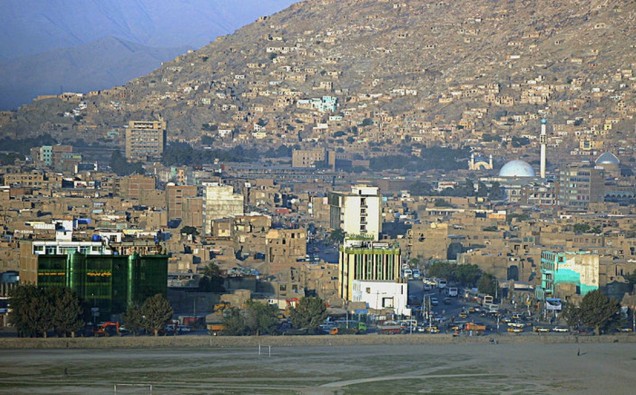
Afghan violence in 2015 claimed the highest number of civilian casualties recorded in the war-torn country, laying bare inability of the Afghan forces to stem the Taliban-led insurgency after they were handed over the combat role at the beginning of that year by U.S.-led foreign troops.
A UN report says 3,500 civilians were killed and 7,500 wounded in Taliban attacks and suicide bombings and other violence. The fatalities included an unprecedented number of children – one in four casualties over the past year was a child.
Meanwhile, revenues from opium trafficking continue to sustain the insurgency and Afghan criminal network. The New York Times reported Monday the very Afghan officials tasked with curbing opium cultivation have been benefiting from the illicit production. Since its military involvement in Afghanistan – immediately after the 9/11 attacks – Washington has spent $ 7 billion to stop poppy growth.
While Kabul has seen political transition, though marred by divisive politicking, President Ashraf Ghani, has a tough job at hand – to ensure security while international community also wavers in its economic commitment to the landlocked country.
After years of frontline role, the U.S. and NATO ended their combat role in January last year, restricting their role to train, advise and assist and conducted counter-terrorism operations, giving the newly trained Afghan force leading role in fighting the Taliban-led insurgency.
That apparently changed the Taliban strategy of fighting, who stretched the violence spree to throughout the year instead of mainly spring offensives, causing the increase in fatalities.
“We call on those inflicting this pain on the people of Afghanistan to take concrete action to protect civilians and put a stop to the killing and maiming of civilians in 2016,” said Nicholas Haysom, the Secretary-General’s Special Representative for Afghanistan and head of the U.N. Assistance Mission in the country (UNAMA).
Reports suggest that Afghanistan faces continuing violence from both the Afghan insurgency by extremist networks, including the Taliban, the Haqqani Network, and to a lesser extent al Qaeda and ISIL or ISIS Afghanistan chapter and other insurgent groups.
The latest report showed that increase in ground-fighting in and around populate areas along with suicide and other attacks in major cities were the main cause of conflict-related civilian deaths and injuries in 2015.
The focus of the fighting remained in typical insurgent strongholds, such as Helmand and Kandahar, but there was an unexpected increase in violence in other parts of the country such as Kunduz.
Militants also showed capability to launch high-profile attacks in the capital Kabul which is under the control of the Afghan government. From January 1 to November 16, 2015, there were 28 HPAs in Kabul, a 27 percent increase compared to the same time period in 2014, according to a Pentagon report released in December.
The latest U.N. report also revealed that anti-government elements continued to cause the most harm, accounting for 62 percent of all civilian casualties, with increasing use of tactics that deliberately or indiscriminately targeted civilians. These included targeted killings, suicide bombings and IEDs attacks.
“Civilian deaths and injuries caused by pro-Government forces caused 17 per cent of civilian casualties – 14 per cent from Afghan security forces, two per cent from international military forces, and one per cent from pro-Government armed groups,” the report said. Casualties caused by pro-government forces include during ground engagements and aerial operations.
The spike in violence made President Obama to re-think its plan of force reduction who announced on Oct. 15 that US forces would maintain their current posture of 9,800 troops through 2016 and will then be reduced to 5,500 in the next year.
General John Campbell, the outgoing commander of the U.S. forces in Afghanistan now believes his country might need a more “sustained attention” than a presence of mere a planned 5,500 troops beyond 2016 after an “uneven” performance by the Afghan national army in 2015. He warned that 2016 is at risk of being no better, and possibly worse, than 2015, if the U.S. did not make deliberate, measured force adjustment.
The Obama administration is also pushing for an Afghan-led reconciliation process to bring the Taliban insurgents on the negotiating table with the help of neighboring Pakistan. Since 2007, Pakistan has also been hit by the Taliban insurgency in tribal areas and more 50,000 people have been killed in militant violence.
A Quadrilateral Coordination Group of Afghanistan, Pakistan, the United States and China is spearheading efforts for peace talks. The group expects direct talks between Taliban groups and the Afghan government by the end of February. It will hold its next meeting on Feb. 23 to discuss possible dates for talks.














